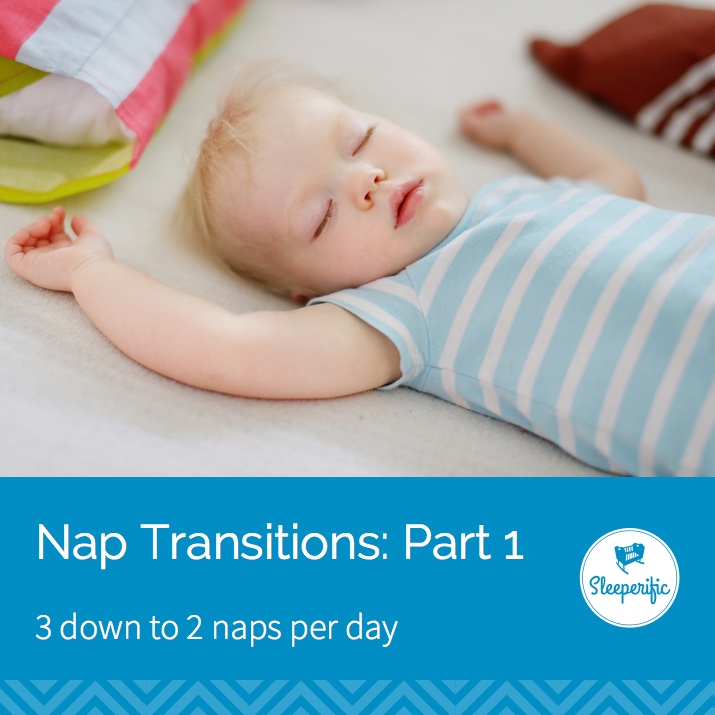Nap Transitions: Part 1
3 naps down to 2 naps per day

Hi Krista,
My baby is having trouble taking his 3rd nap in the late afternoon. When we’ve tried skipping it, bedtime is a mess. What should we do with this? When can we drop the nap?
-3rd nap is not the charm
I’m often asked about these nap transitions. When to drop a nap from a schedule is a popular question for infants, toddlers and even preschoolers. This series of blog posts will discuss what signs to look for, approximate ages and some troubleshooting tips for either transitioning or trying to sustain an age appropriate schedule.
Often infants will adopt a schedule of a morning nap, an early afternoon nap and a later afternoon catnap. While I’m willing to fight to keep nap 1 and 2, nap 3, meh. As soon as that third nap dwindles or becomes difficult, I find it’s best to say see ya later.
What are some signs the nap is a problem?
Generally, one of two things will start to happen. Your baby will either resist their nap (and stay awake, or maybe even protest through) their nap. Or your baby will love their last nap so much that it starts to interfere with an early bedtime. If this nap becomes too difficult, it’s not worth it.
When is it age appropriate?
Typically, a third nap can start to dwindle as early as 4 months (it’s early, but it’s not unheard of – this munchkin was the WORST third napper but had a pretty strong nap 1 and 2), but some babies are perfectly happy to keep a 3rd nap until 8 months old. Some families really like maintaining their 3 nap schedule because a parent doesn’t arrive home until later in the evening. It can be a great way to sustain a slightly later bedtime.
How do I get rid of it?
This is the easiest nap to eliminate, especially if it’s 6 months or later. It’s likely you’ll nudge out nap 1 and 2 a little, spacing them out over the day. It’s also likely that your baby will need an earlier bedtime.
The most important detail to remember in any transition is that a child’s sleep needs DO NOT change, just because they’re transitioning to one less nap in the day. They can’t suddenly remove 30 minutes of sleep from their schedule. This transition is about a child being able to stay awake for longer periods. Sleep minutes that were typically part of nap 3 will need to be allocated somewhere else into the day (maybe other naps [see how to lengthen naps], but most likely, these reallocated minutes will end up in their night sleep).
Stay tuned in coming weeks for the follow up posts on transitioning from 2 down to 1 nap and 1 down to no nap.
xxoo
Krista
About the author:
 |
Krista is a mother of 3 (+1 dog who believes she’s people), a wife to a wonderful husband, and the owner and founder of Sleeperific. Even though she’s been in the sleep consulting biz for 4 years, she still feels excited and honoured when she’s hired by a sleepy family. |
Leave a Reply
